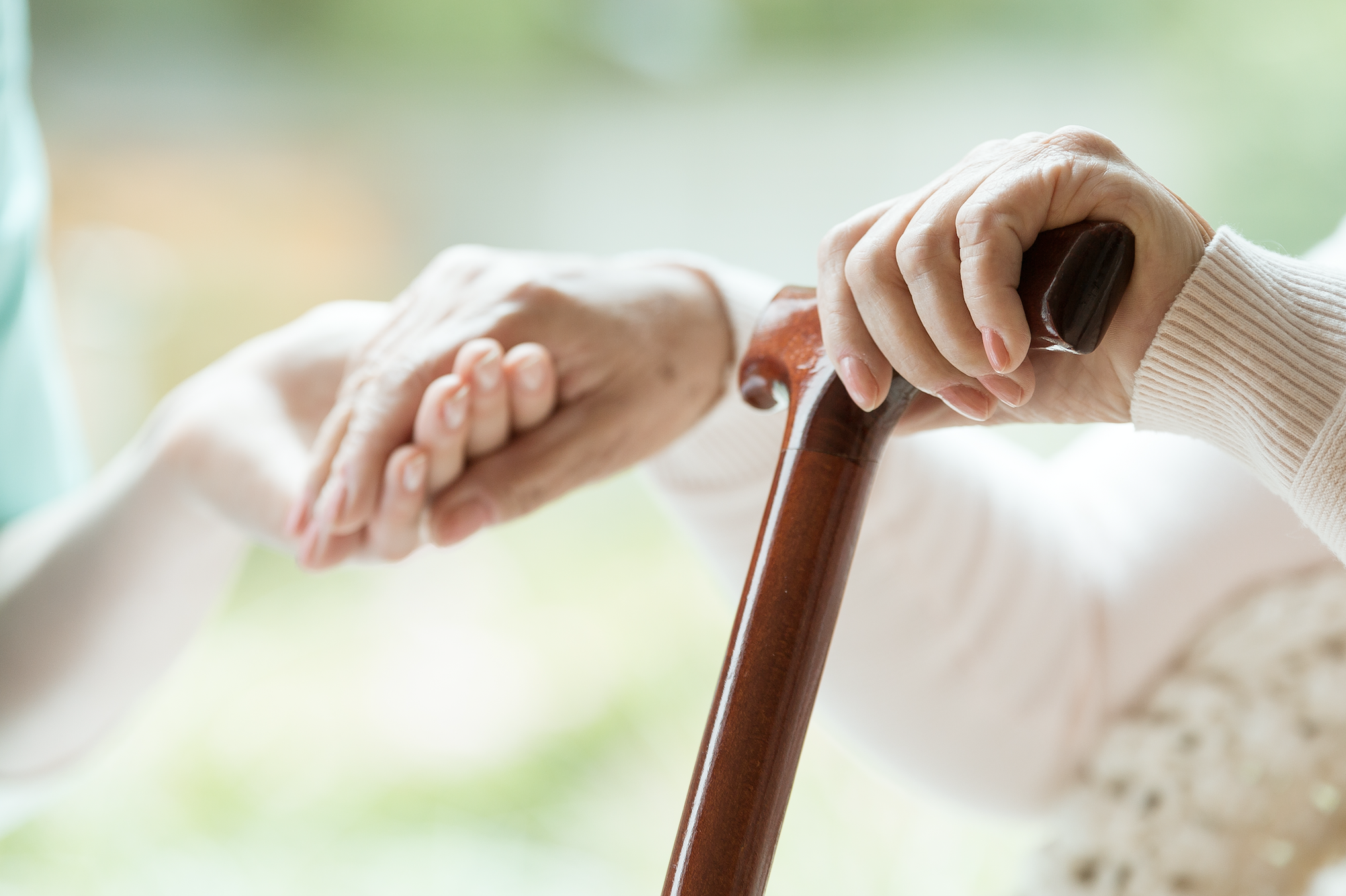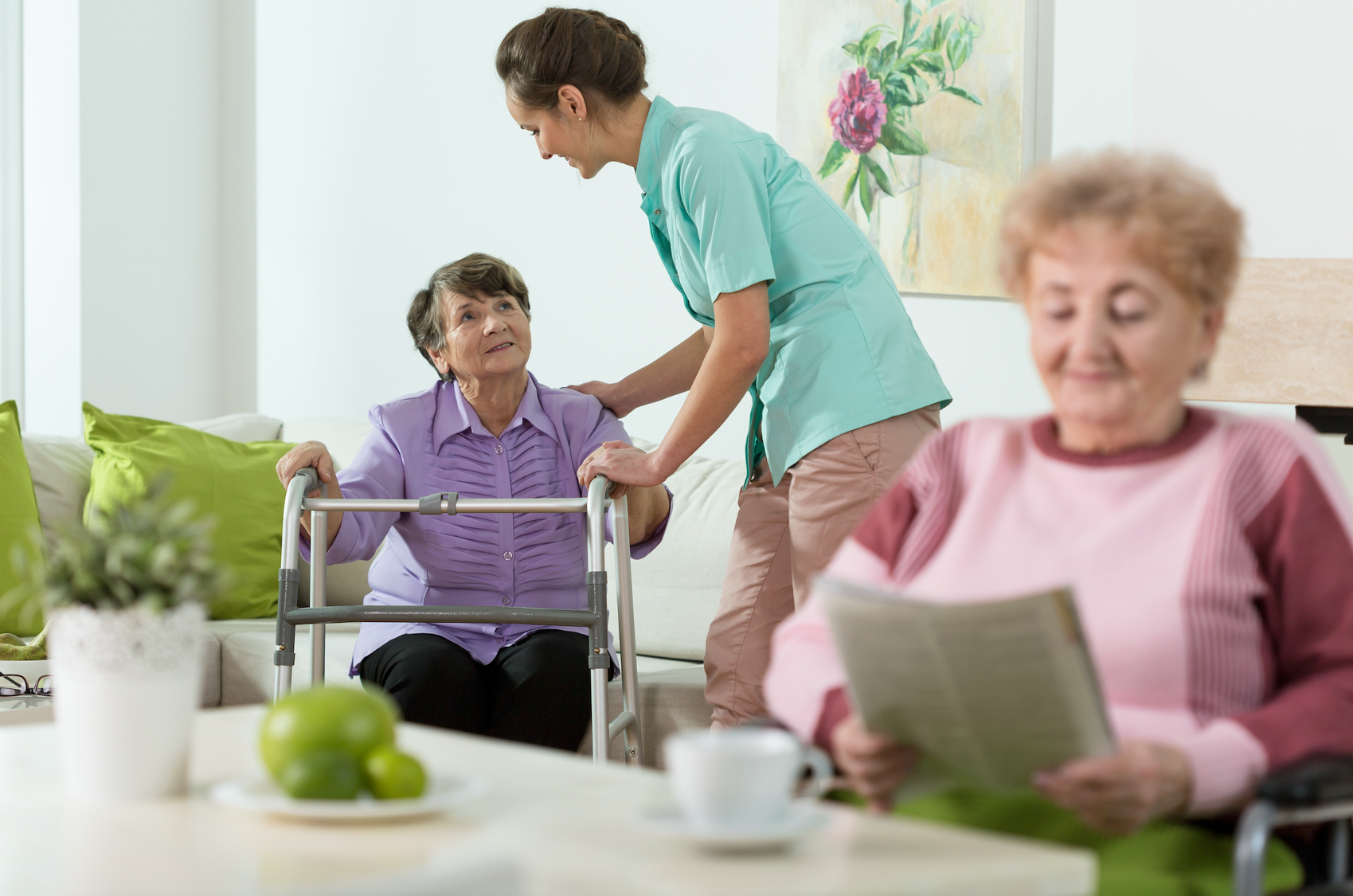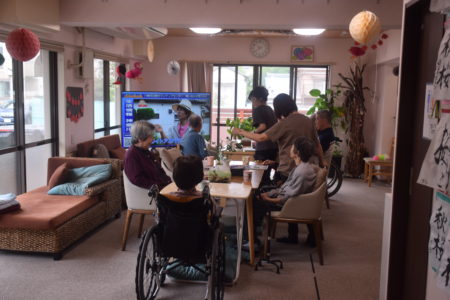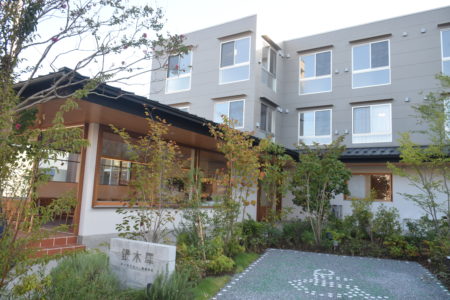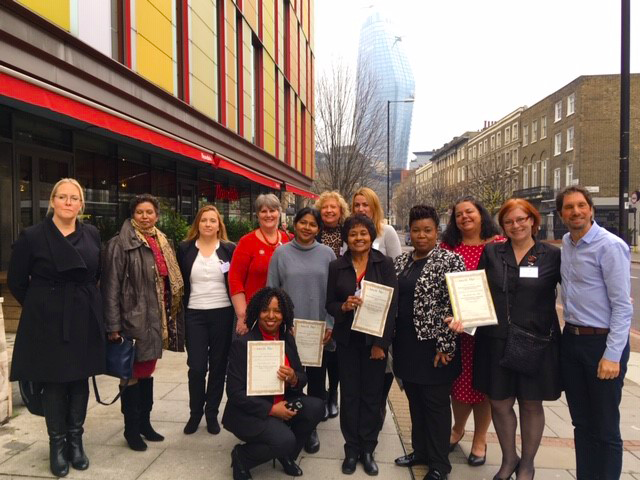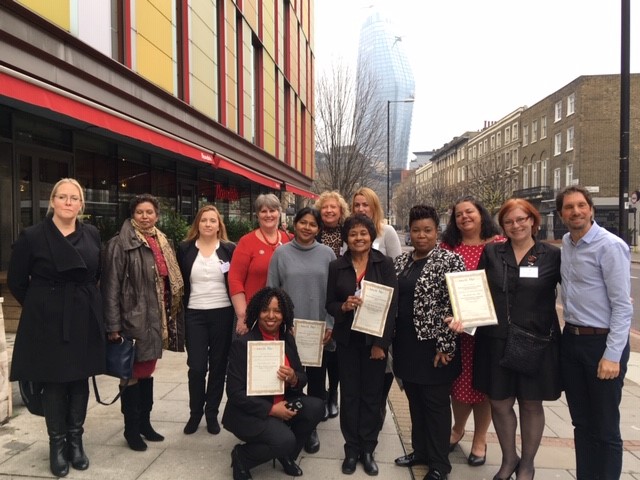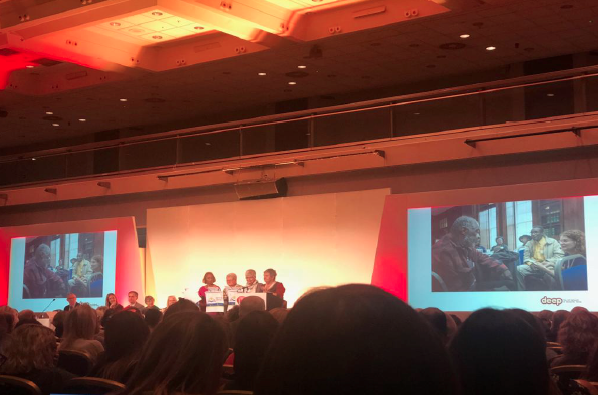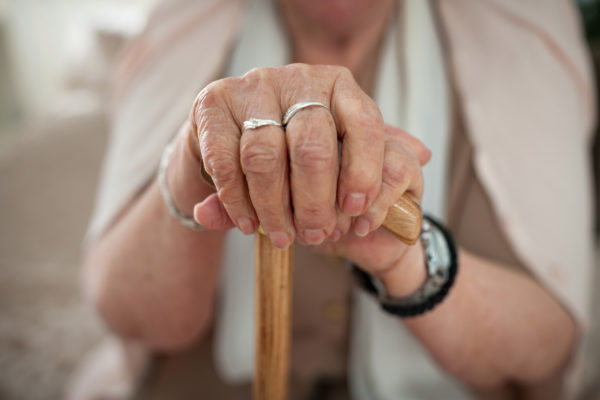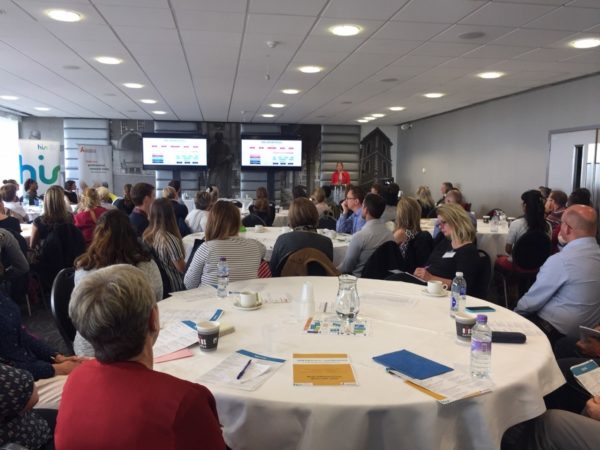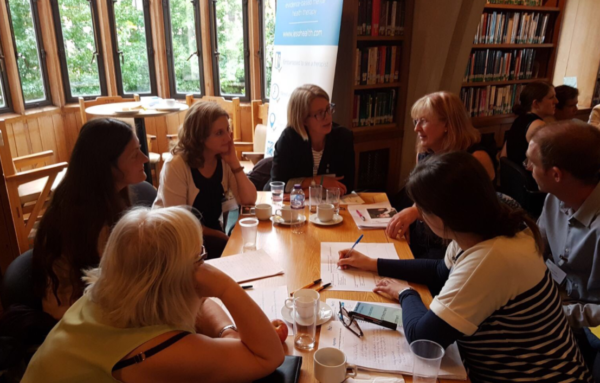Blog
Post Title
In this edition, we caught up with Max Parmentier, CEO at Birdie; a social venture on a mission to radically improve care for the elderly.
Pictured above: Max Parmentier of Birdie
Tell us about your innovation in a sentence.
Birdie is a social venture on a mission to radically improve care for the elderly: we use digital products, Internet of Things (IoT) and machine learning to help deliver better, preventative care for our elders to live healthier and happier at home.
What was the ‘lightbulb’ moment?
When my grandmother passed away, we decided to place my grandfather in a care home because he had Parkinson’s. He declined rapidly and passed away after a few months. We made a mistake – we should have kept him in his home and he would have been happier and healthier. That was the first time I realised that we could offer a much brighter future to our elders if we organised the care better.
What three bits of advice would you give budding innovators?
- If your vision is ambitious and noble, you’ll get there one way or another as long as you remain resilient.
- Things take much more time than you originally think: better do few things well than too many things poorly.
- Be pragmatic: who is going to pay and it is scalable?
What’s been your toughest obstacle?
We’re working for an industry that is desperately underfunded. This means that bringing new ways of working that could improve the care and generate savings is even harder than in any other industry. Care professionals don’t have time or money to change their way of working. It requires a lot of advocacy and change management.
What’s been your innovator journey highlight?
Reaching 100,000 weekly reports shared by care workers visiting older adults. It seems trivial but it was the moment when I realised how much we could change the way people age.
Best part of your job now?
Building something incredibly ambitious and transformative with the best team I have ever had.
If you were in charge of the NHS and care system, what’s the one thing you’d do to speed up health innovation?
Ensure the integration of health and care with outcome-based budgeting.
A typical day for you would include..
Taking to investors, catching up with the team on our progress in building the Birdie product, clinical work, sales or customer success, doing one-to-ones with my direct team, working on culture topics and engaging with industry stakeholders.
Where can we find you?
For more information, visit their website at www.birdie.care or follow them on Twitter @BirdieCare

